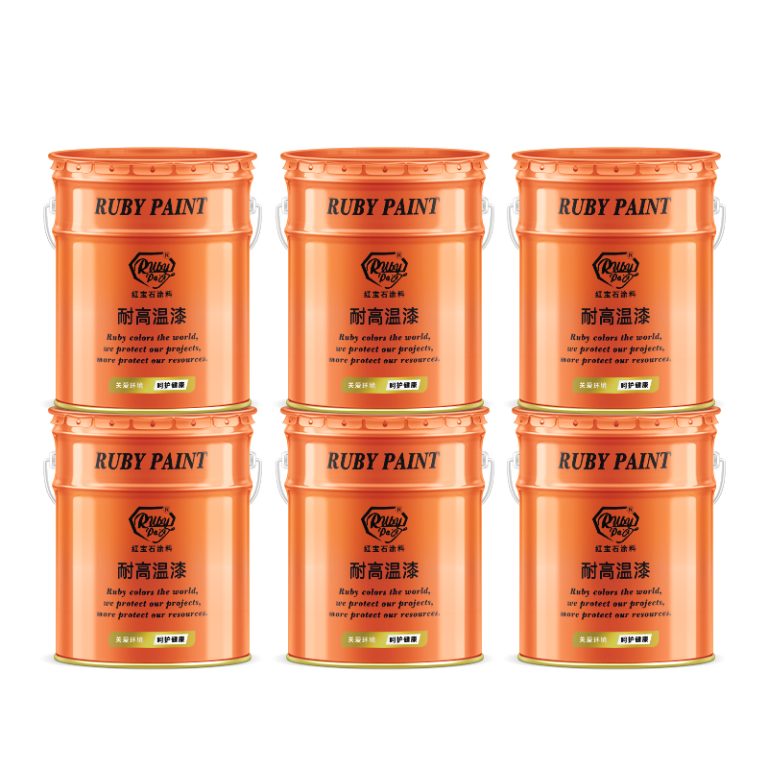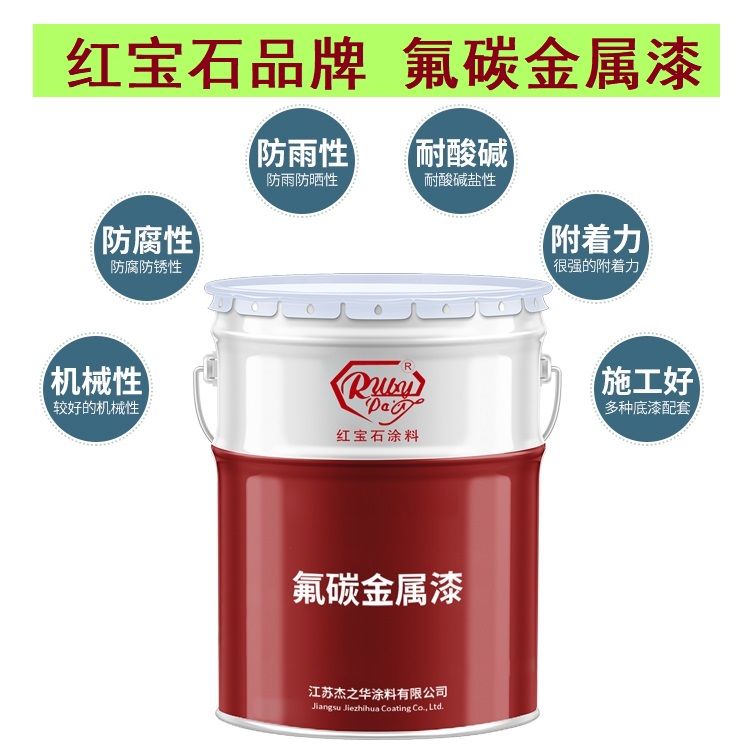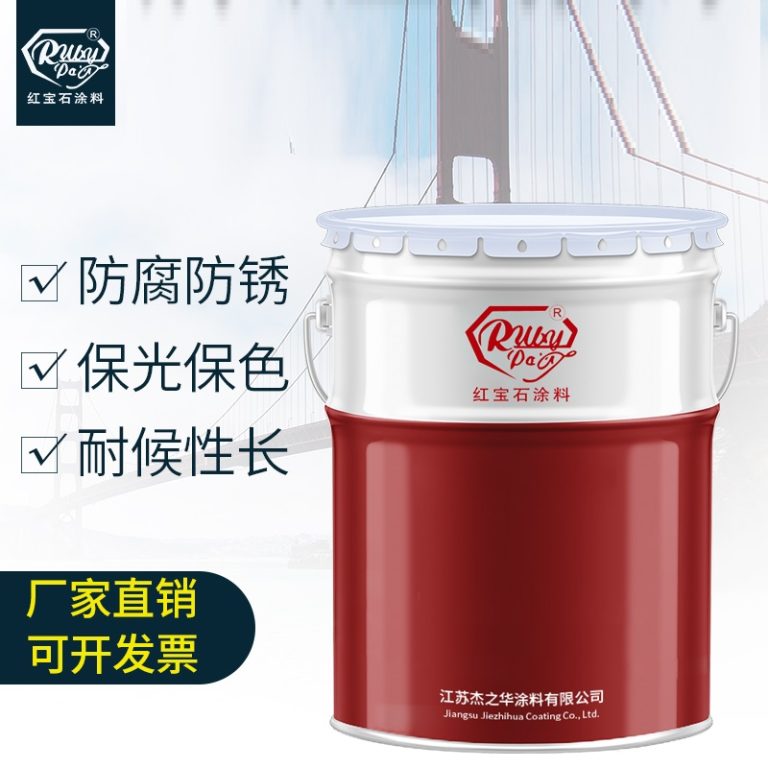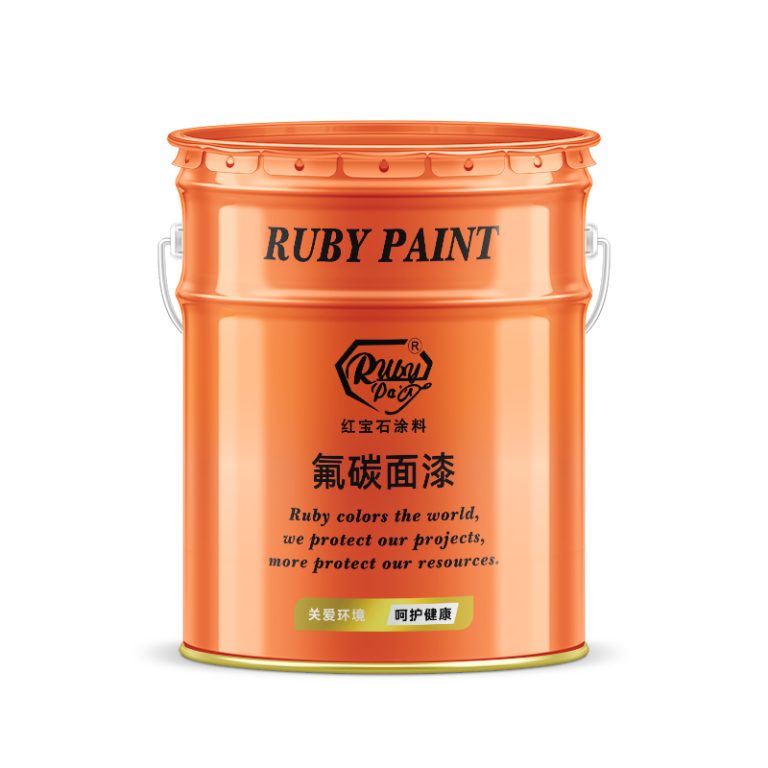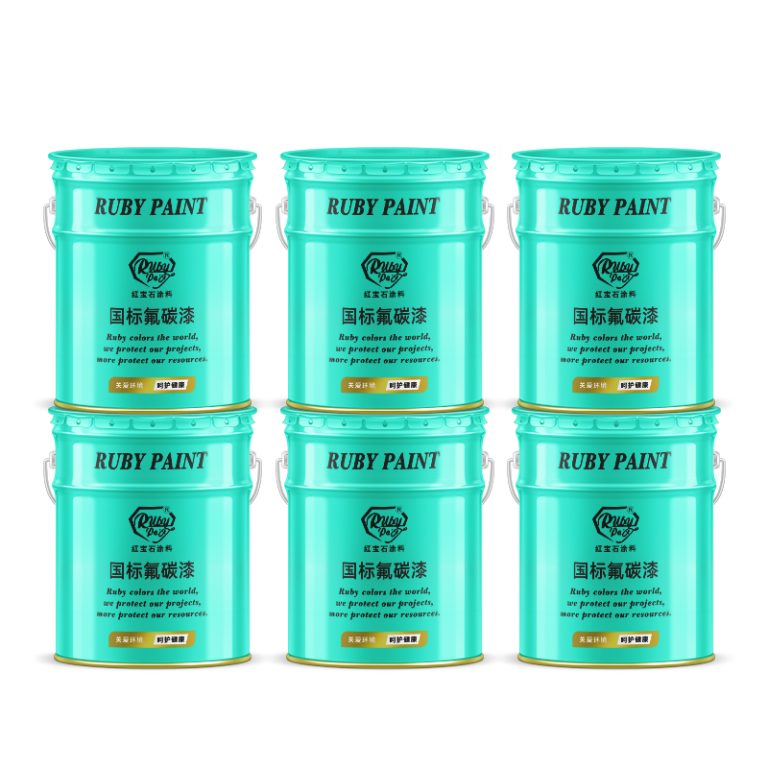The Psychology of Color: Choosing the Best Hues for Your Home’s Interior
The Psychology of Color: Choosing the Best Hues for Your Home’s Interior
When it comes to painting the interior of your house, the choice of color is not merely a matter of aesthetic preference but also a psychological one. The hues that adorn your walls have the power to influence your mood, emotions, and even behavior. Understanding the psychological effects of color can guide you in selecting the best shades to create a harmonious and desirable atmosphere within your home.
Traditionally, many homeowners have gravitated towards neutral colors such as whites, beiges, and grays for their versatility and timeless appeal. These shades serve as a blank canvas, allowing for flexibility in decor and the easy incorporation of accent colors. However, the best color to paint inside your house ultimately depends on the function of the room and the ambiance you wish to cultivate.
For instance, blue is often hailed as a serene and calming color, making it an excellent choice for bedrooms and bathrooms where relaxation is paramount. Its soothing properties can help lower blood pressure and slow down heart rate, promoting a restful environment. Similarly, green, reminiscent of nature, brings a sense of tranquility and renewal to a space. It is particularly well-suited for areas where stress reduction and concentration are important, such as home offices or study rooms.
Conversely, warmer tones like reds, oranges, and yellows are known to evoke feelings of warmth, excitement, and energy. Red, in particular, can stimulate conversation and appetite, making it a popular choice for dining rooms. However, due to its intensity, it is often recommended to use red sparingly to avoid overwhelming the senses. Orange, a blend of red’s passion and yellow’s joy, can be an invigorating color for exercise rooms or play areas, where movement and activity are encouraged.
| No. | Article Name |
| 1 | Industrial paint |
Yellow, the color of sunshine, is associated with happiness and optimism. Its bright and cheerful nature can make small spaces feel more expansive and welcoming. Nevertheless, it’s important to choose the right shade of yellow, as overly bright tones can have a jarring effect. Soft yellows work well in kitchens, breakfast nooks, or any space where a boost of energy is desired.
When selecting paint colors, it’s also crucial to consider the lighting in your home. Natural light can dramatically alter the appearance of colors, with some hues looking vastly different under the warm glow of the sun compared to artificial lighting. Test samples of paint on your walls and observe them at different times of the day to ensure the color behaves as expected.
| No. | Products |
| 1 | Industrial paint |
Moreover, personal preference should not be overlooked. While the psychological implications of color are significant, your unique tastes and the emotional connections you have with certain colors are equally important. A color that might be relaxing for one person could be dull for another. Therefore, it’s essential to choose a color that resonates with you and complements your lifestyle.

In conclusion, the best color to paint inside your house is one that not only looks appealing but also aligns with the psychological effects you desire for each room. By thoughtfully considering the emotional impact of color and how it interacts with light and space, you can create a home interior that is both beautiful and psychologically harmonious. Whether you opt for calming blues and greens, stimulating reds and oranges, or uplifting yellows, the right color choice can transform your house into a home that nurtures your well-being.

